Introduction to Trailer Heights
When it comes to semi-trailers, one essential specification that affects both safety and compliance is their height. Understanding the average height of commercial truck trailers is crucial for operators, manufacturers, and regulatory bodies alike. This article outlines the critical aspects related to trailer heights, industry standards, and considerations for selection, which can enhance user comprehension and aid in the purchasing decision.
Standard Dimensions of Commercial Truck Trailers
Commercial truck trailers come in various shapes and sizes, tailored to accommodate different cargo types. The most common types of trailers in use are:
| Trailer Type | Typical Height | Common Length | Notes |
|---|---|---|---|
| Dry Van Trailers | 13.5 to 14.5 ft | 48 to 53 ft | Enclosed for freight; versatile use |
| Reefer Trailers | 13.5 to 14 ft | 48 to 53 ft | Refrigerated cargo; insulated walls |
| Flatbed Trailers | 5 to 6 ft | 48 to 53 ft | Open design; often used for heavy loads |
| Tanker Trailers | 11.5 to 13.5 ft | 40 to 53 ft | Used for liquid transport; requires safety measures |
| Specialty Trailers | Varies widely | Varies | Custom designs for specific cargo types |
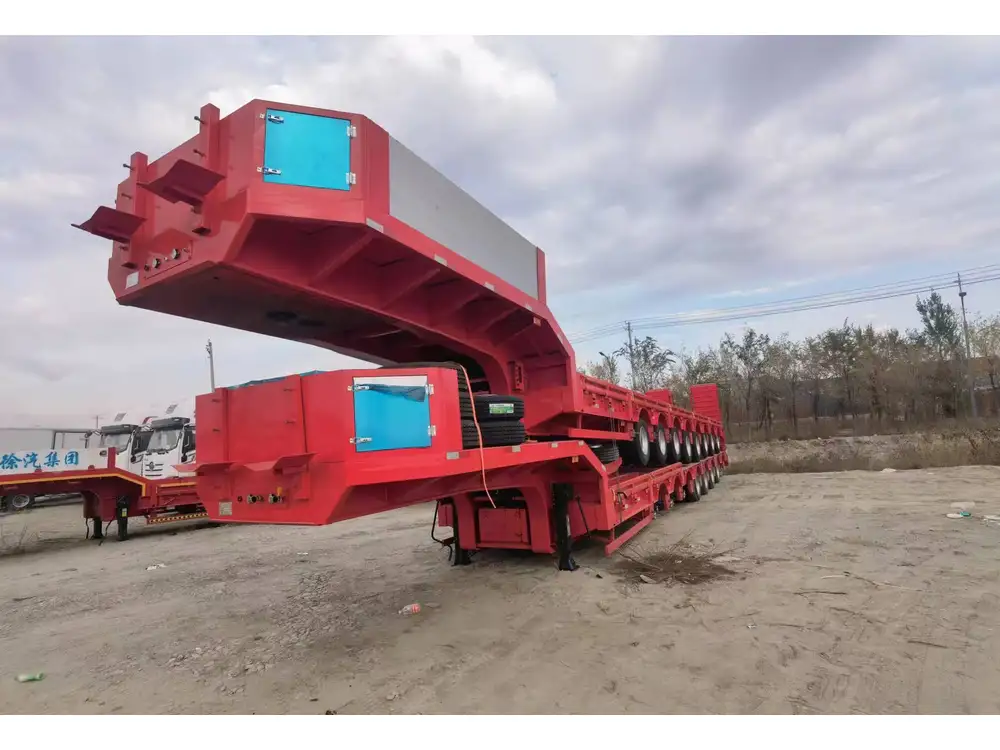
Height Regulations
Federal Standards
The Federal Motor Carrier Safety Administration (FMCSA) dictates that the maximum allowable height for any vehicle combination, including trailers, is 13.5 feet. This regulation serves as a baseline across the United States, providing guidelines to avoid overhead hazards and facilitating road use harmoniously.
State Variations
While federal regulations provide a general framework, individual states may impose stricter height requirements, often due to local infrastructure limitations such as overpasses and bridges. This variance emphasizes the importance of researching specific height regulations per state before transporting goods across state lines.
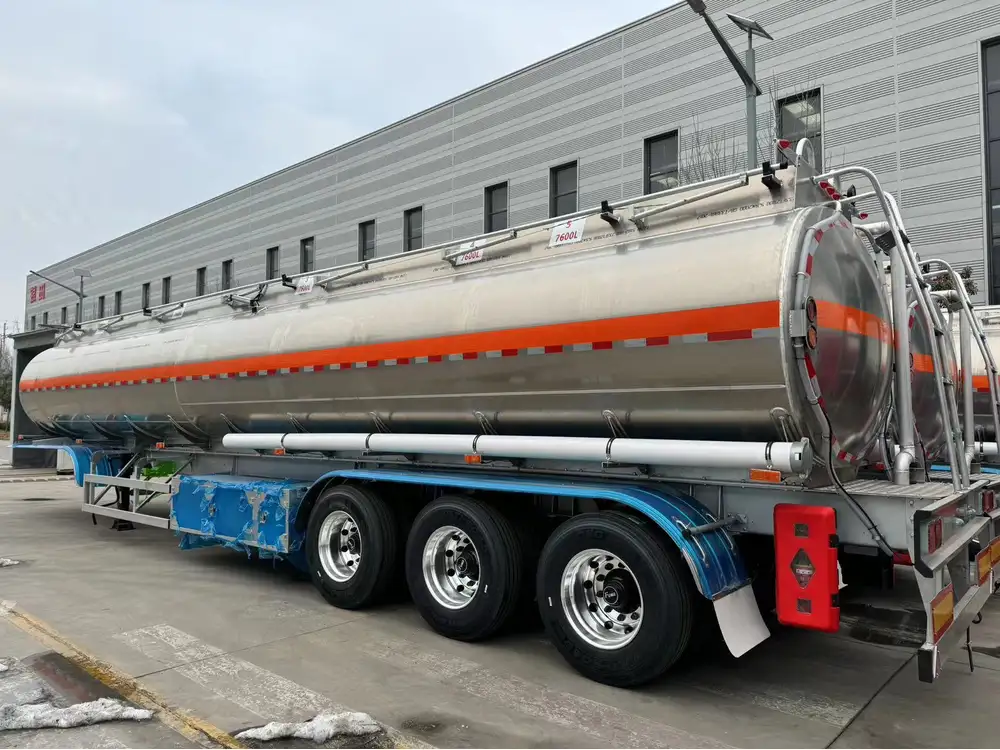
Importance of Trailer Height in Transportation
Safety Considerations
Height Clearance: An oversized trailer could risk striking overhead obstacles, which can result in accidents, injury, and damage to property.
Weight Distribution: Improper height can affect how weight is distributed, leading to challenges in vehicle handling, stability, and braking efficiency.
Load Security: A trailer’s height might determine the methods used for securing loads effectively, especially for high-profile cargo.
Cost Implications
Fuel Efficiency: Taller trailers can contribute to increased wind resistance, affecting fuel efficiency. Hence, operators should consider optimizing trailer height to promote better fuel economy.
Toll Fees: Some toll roads charge based on vehicle height; hence, knowing the precise height can save considerable expenses.
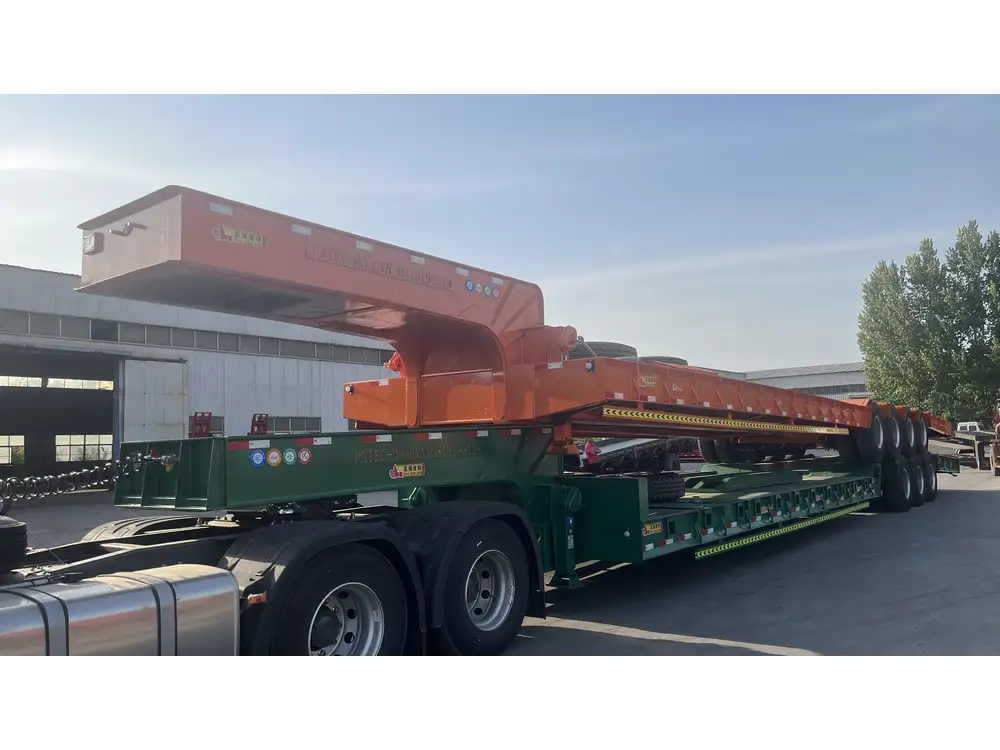
Selecting the Right Trailer Height for Your Needs
Assessing Your Cargo
Different types of cargo require different types of trailers:
- Standard Freight: Dry van trailers usually suffice with height ranging from the standard 13.5 feet.
- Refrigerated Goods: Reefer trailers also abide by the same height guidelines while providing temperature control.
- Oversized Cargo: For oversized items, flatbed trailers may be necessary, but consider load height restrictions.
Recommendations for Height Adjustments
Should your operations necessitate a taller configuration, consider:
- Using Adjustable Trailers: Several modern trailers come with adjustable suspension systems that allow operators to fine-tune trailer heights.
- Compliance with Local Laws: Always check local regulations in the regions you plan to operate to ensure compliance.
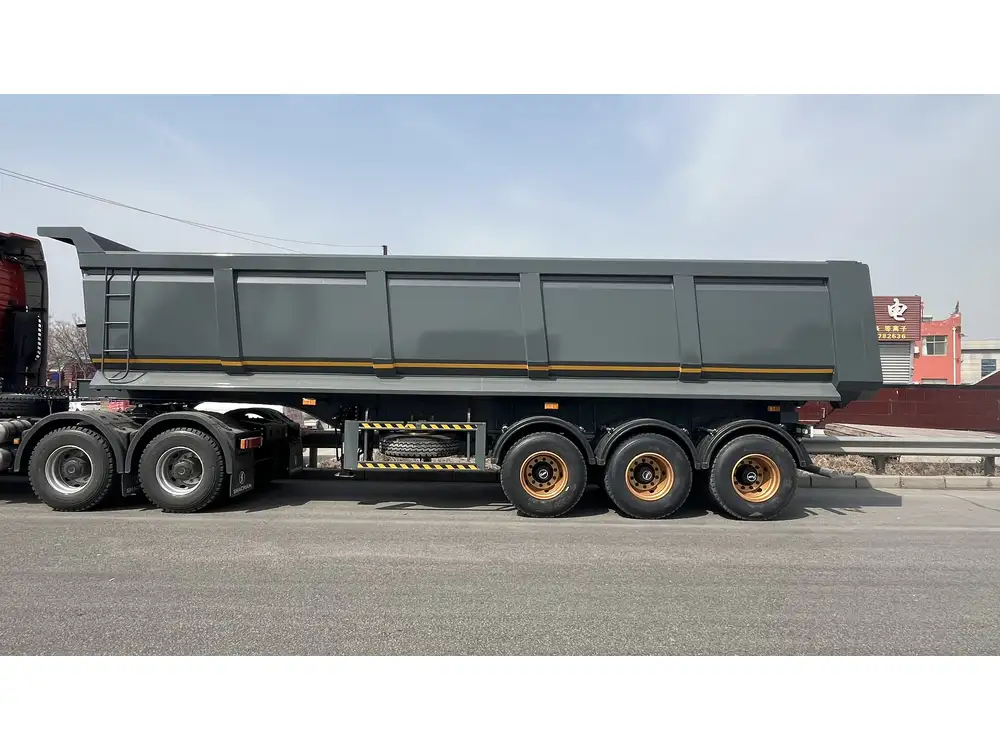
Innovations in Trailer Height Management
Technological Advancements
Telematics Software: Advanced fleet management systems can provide real-time data on vehicle height and cargo loading, enhancing safety protocols.
Height Sensors: New technologies enable vehicles to self-assess and communicate height readings, preventing over-height incidents automatically before heading out.
Frequently Asked Questions (FAQs)
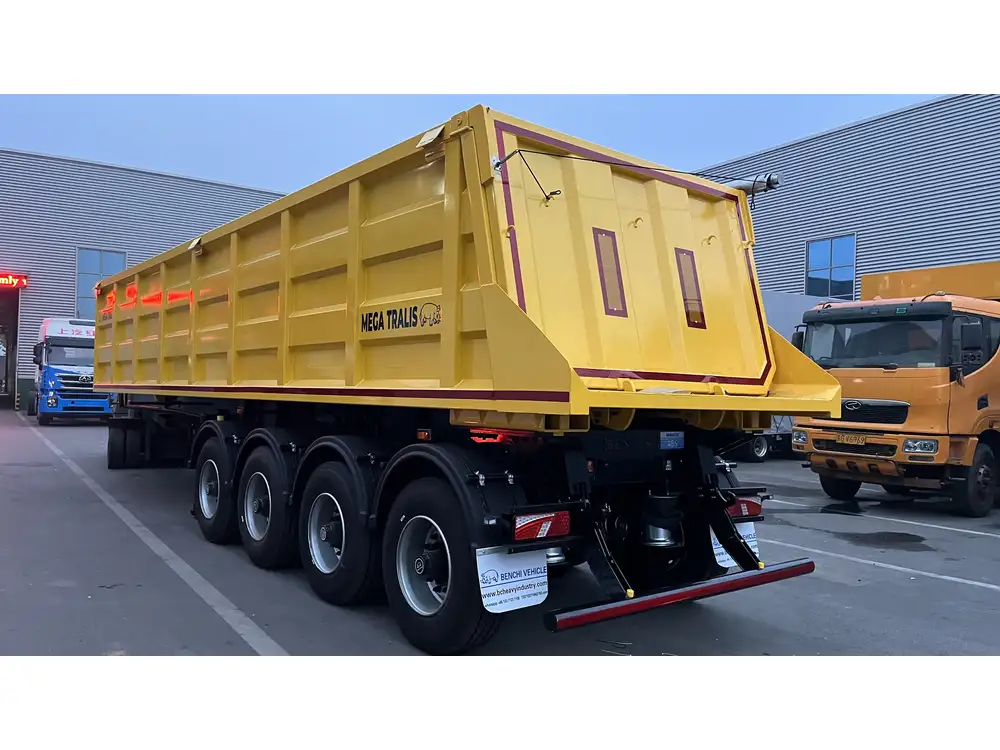
What is the typical height of a semi-trailer?
Most semi-trailers are designed to be 13.5 to 14.5 feet tall when loaded. However, this can vary based on the type of trailer and load requirements.
Can I legally modify the height of my trailer?
Yes, trailer height can be modified within legal regulations. It’s essential to ensure compliance with both federal and state regulations.
What happens if my trailer exceeds height restrictions?
Exceeding height restrictions can lead to legal penalties, increased toll fees, and heightened risk of accidents involving overhead structures.

Conclusion: Making Informed Decisions on Trailer Heights
Understanding the intricacies involved in the height of commercial truck trailers is vital for operating a safe and efficient transport business. By being aware of standard measurements, regulatory limits, cargo requirements, and advancements in height management technologies, transport companies can make informed decisions that collectively enhance operational efficiency and safety.
Regular training and updates about regulations, combined with leveraging modern technology, will equip operators with the knowledge necessary to navigate the complexities associated with trailer heights. Whether you are a manufacturer, a fleet operator, or a logistics coordinator, comprehension of commercial truck trailer heights is integral to optimized operations in the transportation sector.



